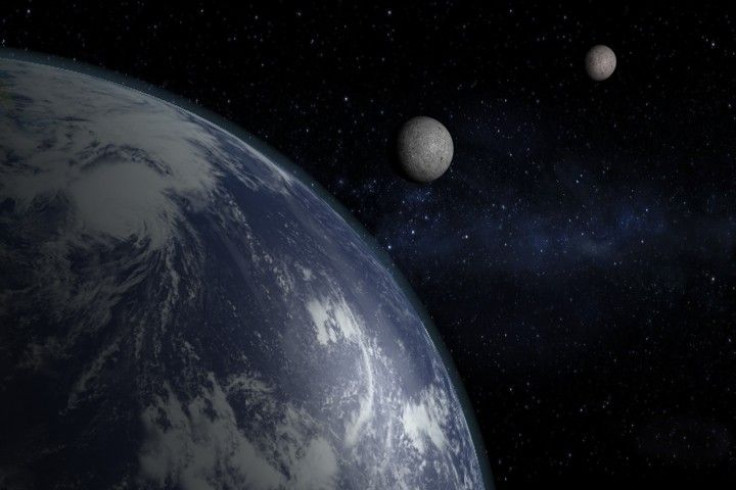Study: Earth Had Two Moons that Became One?

A new study is suggesting that Earth had two moons that crashed and formed one. Computer simulations are hinting that a second moon flattened itselt to the bigger moon, and this theory could explain why the two sides of the moon are so different from each other.
The "second" moon would have been tiny, about 750 miles wide, and may have orbited the Earth before clashing into the other. Scientists are theorizing that this second moon could have formed from the same collision between Earth and an object the size of Mars that they believe helped create the moon.
[MUST READ] Scientists: We Live in a Bubble Inside a "Multiverse"
The moon we see today shows just one side to earth, as the gravity's pull slowed the rate at which it rotates. Thus, the moon's far side, or "dark side" was a mystery until the Soviet Luna 3 snapped photos of it in 1959.
The moon's near hemisphere is mostly flat and covered with plains of volcanic rock called "maria", which is Latin for seas. The far side only has a few maria and is mountainous, with an average of 1.2 miles higher evelation than the near side.
Computer simulations suggest that this second moon would have formed at the same time as our moon we see today.
© Copyright IBTimes 2024. All rights reserved.











